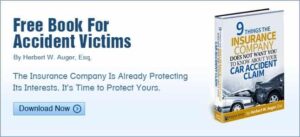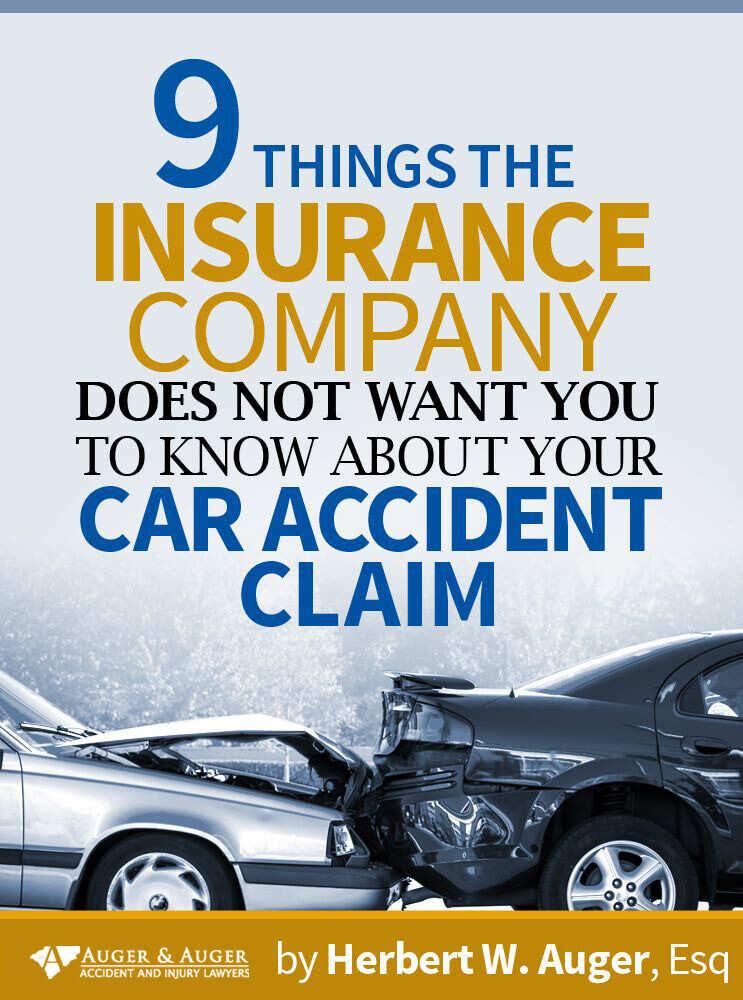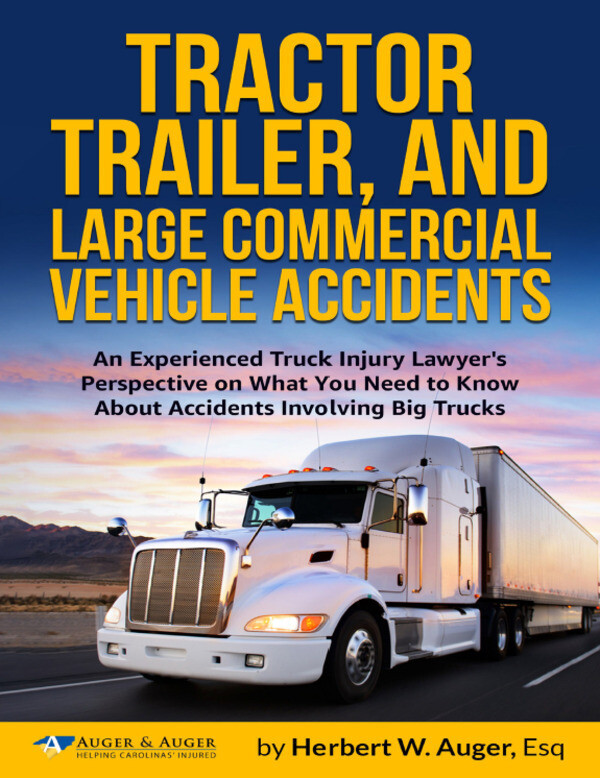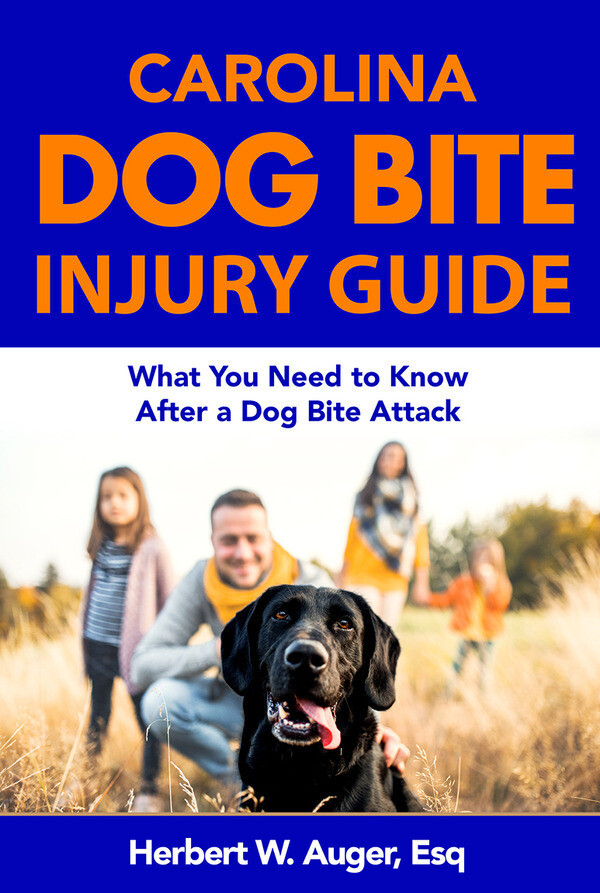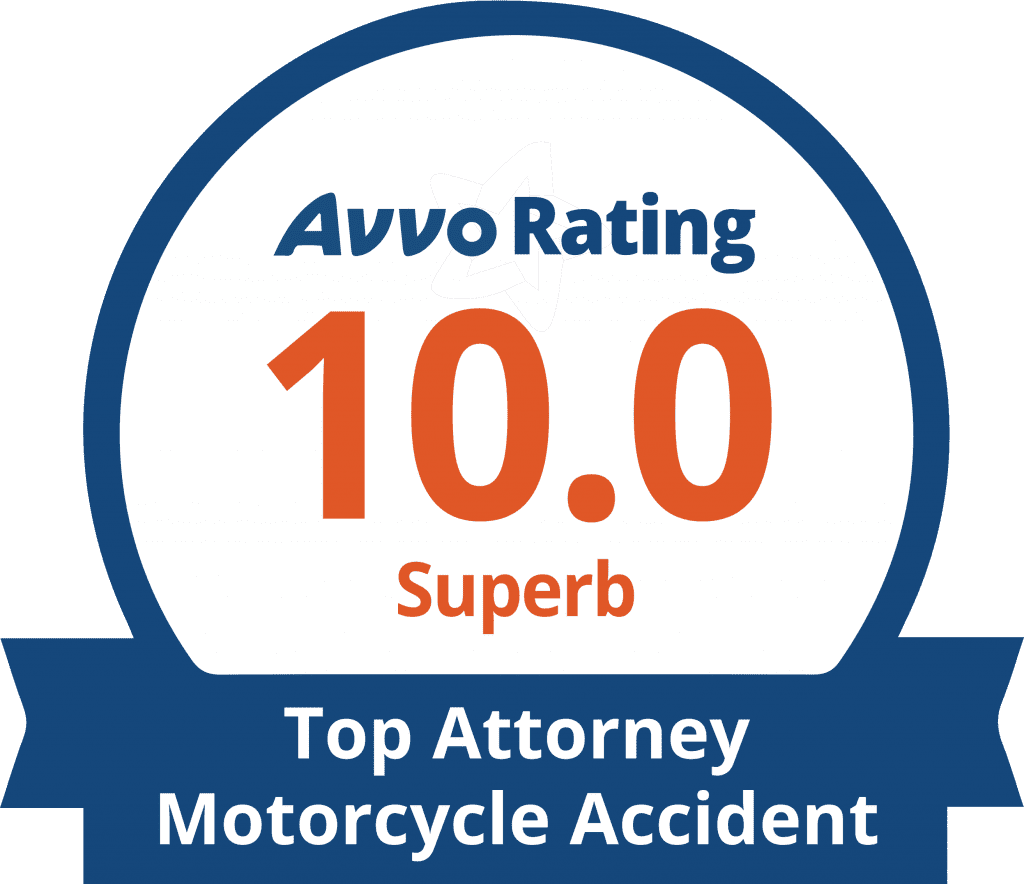Motor vehicle crashes can cause injury at any pace, but they’re especially dangerous at high speeds. The risk of serious injury or death is much higher due to the increased force with which the two vehicles collide.
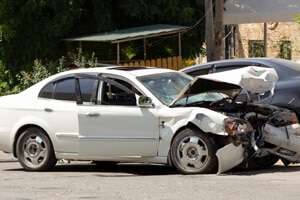
In fact, the Insurance Institute of Highway Safety (IIHS) reports that just over a quarter (26 percent) of car accident fatalities in 2019 happened at high speeds. This added up to 9,478 deaths.
There are several factors that make high-speed crashes so deadly:
- The faster you’re going, the longer it takes to stop in an emergency, such as when another driver brakes suddenly, a car pulls out in front of you, a deer leaps into the road, etc.
- Speeding also makes it more likely that correcting or otherwise trying to steer your way out of a bad situation will cause you to lose control of the car.
- The potential energy of the collision goes up with speed, putting more strain on both the car and its occupants.
- If you’re not wearing a seat belt, you’re more likely to be thrown from the vehicle at elevated speeds.
- Even airbags can’t eliminate the effects of the energy impact on drivers and passengers when the car is going very fast.
Who Is Most At Risk?
Younger drivers and male drivers tend to speed more than other groups. One California study found that drivers ages 16 – 19 had about 3 times as many speeding violations as drivers over the age of 30. This is one reason why insurance rates are higher for teens and people in their early twenties – although lack of driving experience is also a factor. For 2019 fatal crashes, 19 percent of male drivers and 12 percent of female drivers were speeding at the time of the accident, while the percentage of drivers who were speeding decreased as driver age increased.
Injuries From High-Speed Car Accidents
Depending on the type of accident, there are many different kinds of injuries that may occur. Here are some of the more common injuries we see in high-speed car crash cases:
Air Bag Or Seat Belt Injuries
Surprisingly, these safety devices can sometimes cause injury, and this is much more likely at higher speeds with more impact. Think of it this way: A seat belt is intended to stop your forward motion when your car stops or slows very suddenly. Due to the laws of physics, your body will continue moving forward if something (in this case a seat belt) fails to stop it. The faster you’re going, the harder you’re thrown forward, and the harder you hit the protective barrier provided by your seat belt. Fortunately, seat belts are intended to distribute the impact across a wide area, minimizing risk. However, if the impact is hard enough, the seat belt can leave bruises, cut into your skin, and in some cases, even crack your ribs.
You can run into a similar problem with your airbag. During a high-impact crash, it pops out of the steering wheel. The intention is for the airbag to cushion your forward impact if the seat belt fails to stop you (or if you’re not wearing one) as well as protect you from broken glass or shrapnel if the front end of the car is damaged. Although the bag is filled with air, it deploys with a large amount of force, and if you are thrown forward at a high speed, your impact with the airbag can also lead to bruises, eye injuries, and a broken nose. The chemicals released by the airbag may also trigger asthma attacks in people prone to them.
Does this mean you shouldn’t wear a seat belt or use a car with an airbag? Absolutely not. You’re still safer using these features than not using them. The CDC has found that seat belts lower the risk of dying in a car accident by 45 percent, and the risk of serious injury by 50 percent. According to one NHTSA estimate, using both seat belts and frontal airbags cuts the risk of death in frontal-impact car accidents by 61 percent. In driver-side impact crashes, a car driver is 37 percent less likely to die if they have a side airbag, and an SUV driver is 52 percent less likely to die with one. So you should definitely continue to use these safety features – but also slow down.
Broken Bones
These can occur in any kind of crash but are more likely at higher speeds. Again, you have a stronger impact at faster rates of acceleration. Seat belts and airbags can only do so much to reduce the impact. Additionally, car doors can be crushed in, which also increases the risk of broken bones. Frequently, accident victims may suffer from broken hips, ribs, skulls, wrists, clavicles, and legs. Not all broken bones can be fixed with a simple cast – more serious breaks may require surgery, traction, and weeks in a rehabilitation center or outpatient physical therapy.
Head Or Brain Injuries
Concussions or traumatic brain injury (TBI) are both more likely to occur in car accidents where one or more of the vehicles are going very fast. Sometimes the accident victim may hit their head on the car roof, or be struck in the head by broken glass or debris. In the case of broken glass, a high-impact crash can even lead to a penetrating brain injury. However, it’s important to keep in mind that you don’t have to physically hit your head, or be hit on the head, to suffer a brain injury.
When we talked about seat belts earlier, we went over the scenario where the car stops or slows sharply, but the driver’s or passenger’s body continues to move forward. Now, picture the same thing happening inside your skull. There is no seat belt for your brain. If you’re thrown forward hard enough, your brain can be jostled and sustain serious injury just as if you had hit your head on the car ceiling. So you should remember that head and brain injuries can happen even if you don’t hit your head. Symptoms may not always appear immediately, either.
For this reason, you should always seek medical attention after a high-speed crash, even if you don’t think you’re injured. Also be on the lookout for any symptoms that appear a few hours or even days after the accident – bad headaches, difficulty speaking, walking, or doing normal activities, confusion, trouble with memory, and any other possible neurological or cognitive symptoms. If you notice any of these, see a doctor right away, and be sure to let them know about your recent accident.
In some cases, with rest and rehabilitation efforts, patients are able to recover from a TBI. However, in other situations, the damage may be permanent. In fact, TBI is one of the leading causes of both disability and death in adults. Some patients may be permanently unable to return to work or their usual activities. Others may spend months in physical or occupational therapy, relearning basic skills like feeding themselves or grooming. Unfortunately, this kind of therapy is very expensive, and often the patient’s health insurance company will stop paying just as they’re starting to make strides in their recovery. If you or a loved one are struggling to pay for care after a TBI, a car accident lawyer may be able to help you seek compensation from the responsible party so you can continue your treatment.
Whiplash Or Other Soft Tissue Injuries
Whiplash and other soft tissue injuries can also occur without any physical impact. Just as the brain can be injured when the head snaps forward, so can the muscles and ligaments in the neck, back, or shoulders. Tendons, ligaments, and muscles elsewhere in the body may also be torn or injured. Again, you may not feel much pain immediately after the accident, but it may develop a few hours or days later. See a doctor right away if you begin having neck, back, or any kind of pain after a recent car accident.
Internal Injuries
A high-speed crash can also do damage to your internal organs, such as your liver, kidneys, spleen, heart, and lungs. Sometimes these are caused by seat belts, but they can also happen if a car door collapses into the driver or passenger, or the victim is pinned under part of their car. You may have bruising that eventually heals on its own, but in many cases, the victim suffers internal bleeding and requires surgery. Unfortunately, in severe cases, a patient’s vital organ is severely damaged and their only hope of survival is a transplant. Waiting lists can be lengthy, and many people with this type of severe organ damage pass before receiving one. If the patient does receive a transplant, they will need expensive, lifelong treatment to prevent organ rejection.
What Should You Do After A High-Speed Car Crash?
High-speed crashes can be very disorienting, so it’s understandable if you aren’t thinking clearly at first. As soon as you’re able, call 911 to report the accident and request an ambulance. Again, even if you don’t think you’re hurt, it’s a good idea to get checked out.
Try to move your car out of the roadway if possible. If it isn’t, turn on your blinkers to warn other drivers. If you’re bleeding or in a lot of pain, the 911 operator will probably recommend you stay in your vehicle and try not to move too much. Do your best to follow their instructions and stay calm while you wait for help to arrive.
Do look around the accident scene and make note of where the other car is, and any witnesses you see. If you can reach your phone, taking pictures of the scene is a good idea. In the event that you aren’t hurt and believe you can safely get out of your car, you can also take pictures from the outside.
If you’ve gotten out of your car, it’s a good idea to approach the other driver, see if they need help, and let the 911 operator know if they are hurt. If so, stay with them until the ambulance arrives. If no one in the other car is hurt, you can exchange contact and insurance info while waiting.
Sometimes the other driver may be angry, belligerent, or uncooperative about giving you their contact or insurance info. It’s possible they may be uninsured or have other reasons they don’t want to give this info. Or they may think the accident is your fault. Try to avoid getting into an argument in what is obviously a stressful situation for everyone. It isn’t productive, and anything you say could end up being used against you if you need to file a lawsuit later. If the other driver starts yelling or getting agitated, go back to your car and wait for law enforcement.
Occasionally, we’ve seen cases where the other driver decided they didn’t want to speak to the authorities and took off. If this happens, try to get their license plate number and take a picture or write it down. If not, write the best description you can of their car.
If you believe the other driver was at fault, you have the option to file a claim with their insurance carrier. Although you can do this yourself, it is a good idea to speak with a personal injury lawyer first, to ensure you ask for enough compensation for your damages. A free consultation allows you to find answers to your questions and learn about your options.
For over 26 years, Auger & Auger Accident and Injury Lawyers has been assisting car accident victims throughout the Carolinas with the process of seeking compensation for their injuries. We know how to fight the insurance companies both in and out of court, and we’ll dedicate all of our resources to providing you with the best representation possible.
Please give us a call today at 800-559-5741 or contact us online for a free, no-obligation consultation with an experienced car accident lawyer. Your consultation is confidential, and if you decide to move forward with a claim, we can help with the next steps.


